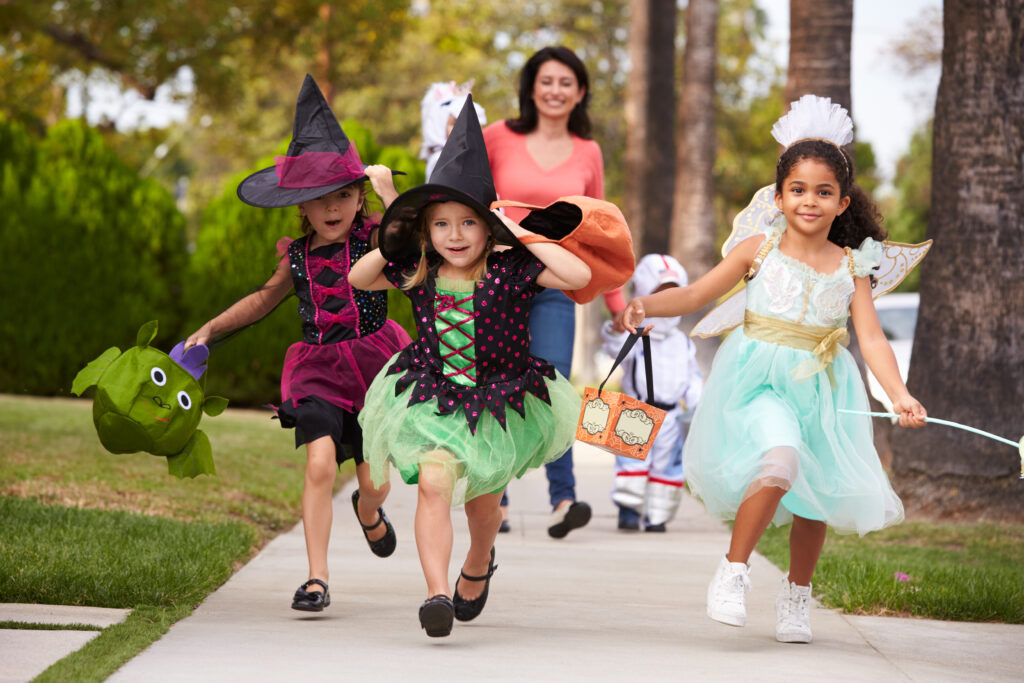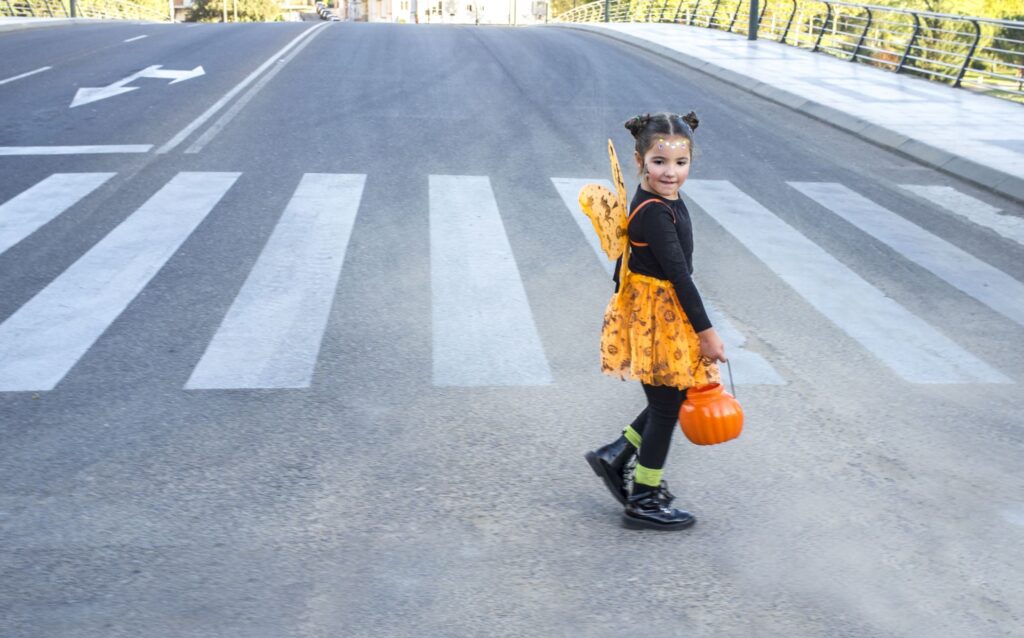Pollen Can Cause More Than Allergies
Leave a CommentSlip and falls occur when there is an unexpected loss of traction between a person’s foot and the walking surface, causing them to lose balance and fall. This type of injury is common and can occur in any setting where people walk, including homes, workplaces, and public areas. Slips can result in serious injuries, particularly for older adults.
The human gait cycle consists of four phases: the (more…)




